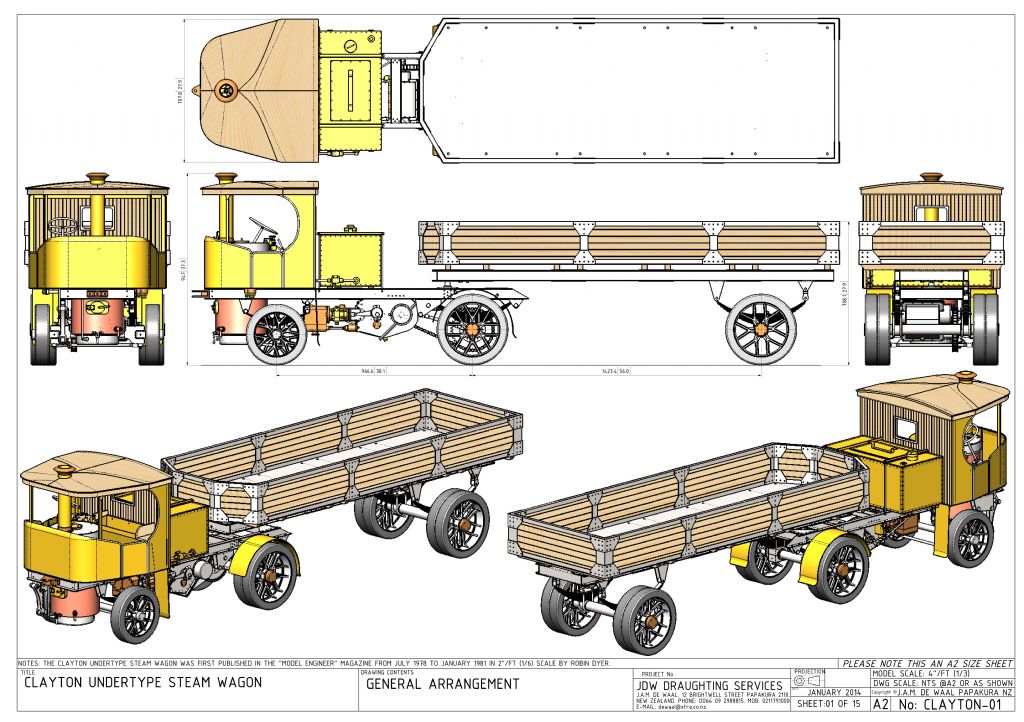Doubling the boiler pressure will certainly give more power but if the boiler was designed for 3 Bar it will need re-designing for that increased pressure.
It will significantly increase, but not necessarily double, the engine power.
The power generated in a steam-engine is directly related to the “Mean Effective Pressure” (MEP) in the cylinder, not the boiler pressure. This is a sort of “average” set by the valve-gear settings and much more arcane factors like exhaust compression, clearance volume and heat loss.
The maximum pressure acting on the piston, before cut-off, will never be as high as the boiler pressure even at fullly-open regulator, due to various throttling effects on the steam’s journey from the boiler.
The efficiency also depends on whether the steam is superheated or not. I do not know if this Clayton is superheated, but superheating increases the amount of heat available for conversion to mechanical energy, and keeps the steam above its condensation point for longer during the piston stroke.
If you want to calculate the power:
The basic formula for one end of one cylinder using Imperial units is PLAN / 33000,
where P is the MEP – a function of full pressure in the cylinder before cut-off, and the roughly hyperbolic expansion after cut-off.
L = Length of piston stroke in feet.
A = Piston area in Square Inches.
N = number of working strokes per minute (or rpm), but for a double-acting cylinder multiply that by 2.
33000 is the foot-pounds to horsepower converter.
Sorry- I don’t know how it all works in SI units. I can convert the dimensions from inches to mm easily enough but I don’t know how to make the mm sizes and bar (or Pa) give the right number of Watts. Named after the chap who invented the Horse-power….
I would need calculate the engine from its inch-units dimensions to give HP, then multiply that by 746 to give Watts.
.
Then to add to the fun, in practice the actual power is never as much as that, so multiply it by an efficiency-estimate called the “Diagram Factor”, very difficult to determine without an engine-testing laboratory. Even in the days when the Clayton company was trading, it seemes to have been a rule-of-thumb value. For a model engine I’d think 0.8 fair, though it may be less than that.
So building your Clayton to run at the higher pressure will certainly make it more powerful but you do need consider the practicalities – especially and vitally the boiler.
The overall results of the model Locomotive Efficiency Competitions reveal just how inefficient even the best of these small machines really are. I think this is largely because the internal losses have a proportionately larger effect the smaller the engine; but even the full-size ones are not particularly efficient.
……
“Diagram Factor” from the use of the Indicator Diagram to test full-size engines. This instrument draws a graph of pressure against stroke, on a pro-forma card, and the power can be determined from integrating the resulting closed shape. The integrator instrument was usually a planimeter. The plot is also diagnostic, showing the effects of the valve functions, and inequality of power generated in each end of the cylinder due to the volume occupied by the piston-rod. The factor is the comparison of calculated and measured powers.
Howard Lewis.








